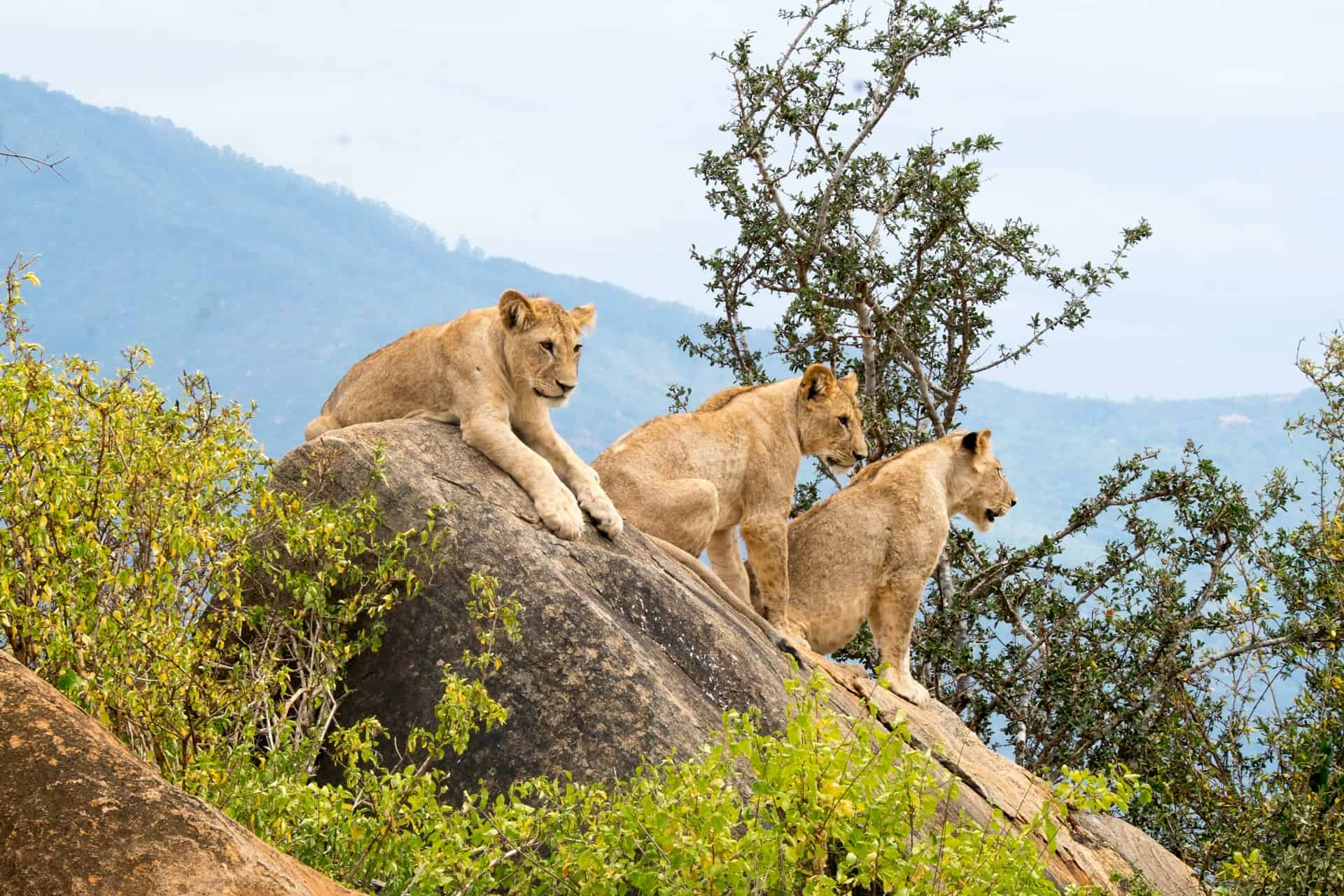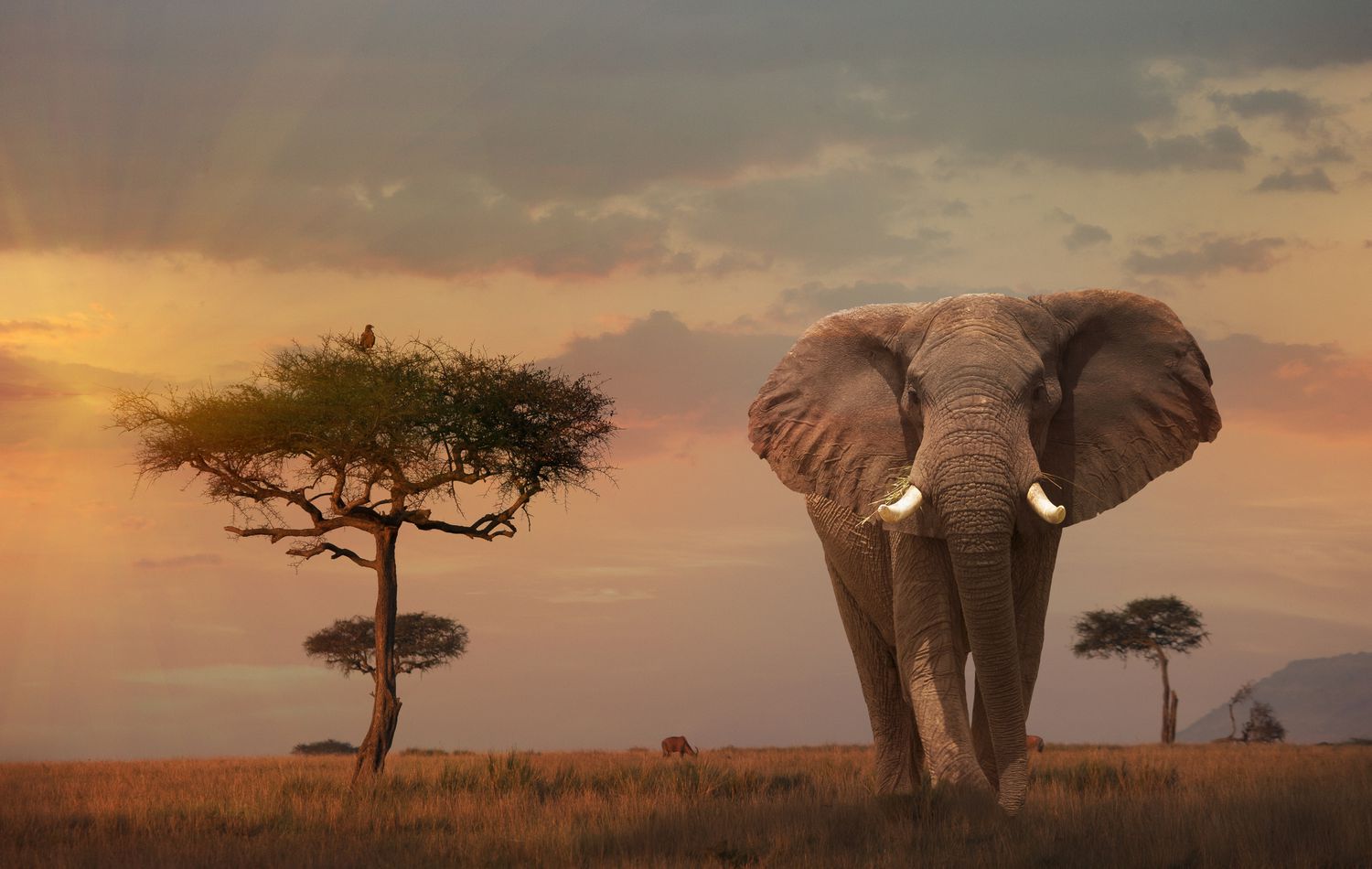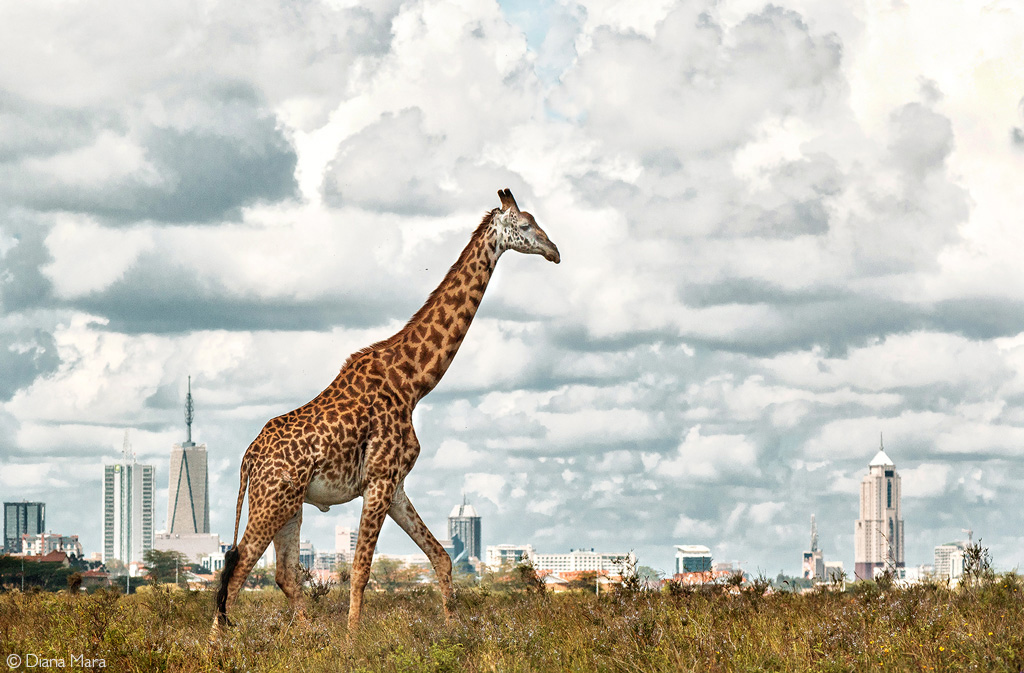
Choosing the best time for safari in Kenya can make the difference between a good trip and an absolutely extraordinary one. Unlike many destinations where timing is simply about weather, Kenya’s safari seasons are intricately tied to wildlife behavior, migration patterns, and natural phenomena that have shaped this ecosystem for millions of years.
Kenya sits astride the equator, giving it a relatively stable climate year-round, but don’t be fooled – each season offers distinct advantages for different types of travelers. Whether you’re chasing the Great Migration Kenya spectacle, hoping for intimate Big Five encounters, or seeking budget-friendly adventures, understanding Kenya’s seasonal rhythms is key to planning your perfect wildlife viewing Kenya experience.
The beauty of Kenya as a safari destination is that there’s truly no “bad” time to visit – only different experiences waiting to be discovered. Let’s dive into what makes each season special and help you determine the perfect time for your African adventure.
The June to October period represents what many consider the best time for safari in Kenya, and for good reason. This is peak season, when the East African plains transform into the perfect wildlife theater.
From July through October, the Kenya migration safari experience reaches its crescendo. Over 1.5 million wildebeest, accompanied by 200,000 zebras and 400,000 Thomson’s gazelles, stream into the Maasai Mara from Tanzania’s Serengeti. This isn’t just about numbers – it’s about witnessing one of nature’s most dramatic survival stories unfold before your eyes.
The river crossings at the Mara and Talek rivers are legendary. Watching thousands of wildebeest gather courage to leap into crocodile-infested waters while lions wait on the other side is pure wildlife drama at its finest.
During the dry season, animals concentrate around permanent water sources, making wildlife viewing Kenya more predictable and rewarding. With minimal vegetation cover, spotting even the most elusive creatures becomes easier.
Advantages of dry season safari:

Professional wildlife photographers flock to Kenya during this period for good reason. The golden light, clear skies, and concentrated wildlife create perfect conditions for capturing those National Geographic-worthy shots.
Photography tip: Book accommodation near river systems like the Mara River for front-row seats to migration action.
November often gets overlooked in Kenya travel guide recommendations, but savvy travelers know this month offers some of the most rewarding safari experiences of the year.
As peak season winds down, visitor numbers drop dramatically while wildlife viewing remains excellent. Many animals are still present from the migration period, but you’ll have much more intimate encounters without the crowds.
The short rains bring immediate transformation to Kenya’s landscapes. The golden savanna turns emerald green, creating stunning backdrops for photography. Wildflowers bloom across the plains, adding splashes of color to your safari scenes.
Cost advantage: Accommodation rates drop significantly after October, making this an excellent time for budget-conscious travelers who still want prime wildlife viewing.
Weather patterns: The “short rains” are typically brief afternoon showers that clear quickly, leaving fresh, clean air and dramatic skies perfect for photography.
Many Kenya safari seasons guides overlook this period, but December through February offers some of the most diverse and rewarding wildlife experiences of the year.
This is Kenya’s “baby season” when many species give birth. You’ll encounter adorable elephant calves taking their first wobbly steps, lion cubs learning to hunt, and zebra foals staying close to their mothers’ sides. These heartwarming scenes add an entirely different dimension to your safari experience.
European migratory birds arrive in massive numbers, making this the absolute best time for safari in Kenya for bird enthusiasts. Over 100 migratory species join Kenya’s resident birds, creating spectacular birding opportunities.
Birding hotspots during this season:
With young animals everywhere, predator viewing reaches its peak. Lions, leopards, and cheetahs become more active and visible as they hunt to feed their own growing families.
December through February offers Kenya’s most pleasant weather conditions:

The long rains season gets a bad reputation, but adventurous travelers who visit during this period often report some of their most memorable Kenya safari experiences.
Kenya transforms into a green paradise during the long rains. The contrast between the dry season’s golden plains and this period’s emerald landscapes is stunning. Everything is fresh, clean, and vibrantly alive.
Dramatic skies: Storm clouds create incredibly dramatic backgrounds for wildlife photography Rainbow sightings: Post-rain rainbows are common and spectacular Mirror-like water reflections: Temporary pools create perfect reflection shots Vibrant colors: Everything from flowers to bird plumage appears more vivid
This is absolutely the most budget-friendly time for Kenya safaris:
Animals exhibit different behaviors during the rains. Many species use this time for mating, creating opportunities to witness courtship displays and territorial behaviors you won’t see during dry seasons.
Migration patterns: While the great wildebeest migration is in Tanzania, Kenya’s resident wildlife spreads out across the rejuvenated landscape, offering different but equally rewarding viewing experiences.
Road conditions: Some remote areas may be inaccessible, but major parks remain open Weather patterns: Heavy rains typically occur in late afternoon/evening, rarely disrupting morning game drives Malaria prevention: Higher mosquito activity requires extra precautions
Best months: March-May for maximum savings, November for good weather with lower prices Strategy: Book last-minute for even better deals during low season Accommodation tip: Consider camping or budget lodges during peak season instead of avoiding it entirely
Peak season (June-October): Best for classic African scenes and migration photography Green season (March-May): Perfect for dramatic landscapes and unique compositions Equipment tip: Bring weather protection gear if visiting during rainy seasons
Big Five focus: December-February offers the most consistent Big Five viewing Migration chasers: July-October for the Great Migration spectacle Bird watchers: November-February for the highest diversity Predator enthusiasts: February-April when young animals attract active predators
Recommended: June-October for the classic, predictable safari experience Why: Clear weather, active wildlife, excellent infrastructure, professional guides at peak readiness
Best strategy: Visit during shoulder seasons (November or March-May) Private conservancies: Book conservancy accommodations during peak season for exclusive experiences Timing within the day: Early morning and late afternoon game drives are less crowded regardless of season
The truth about the best time for safari in Kenya is that it depends entirely on what you’re seeking from your African adventure. Each season offers its own magic, its own unique encounters, and its own special memories waiting to be made.
For classic safari experiences: June through October delivers everything you’ve dreamed about – the Great Migration, perfect weather, and incredible wildlife concentrations.
For unique adventures: March through May offers lush landscapes, dramatic photography, and budget-friendly luxury at a fraction of peak season costs.
For intimate encounters: November through February provides the perfect balance of excellent wildlife viewing, pleasant weather, and smaller crowds.
Remember, Kenya’s wildlife is active year-round, and its beauty is constant. The “best” time is simply the time that aligns with your personal travel style, budget, and dreams.
Ready to experience Kenya’s magic? Book early if traveling during peak season (June-October), or take advantage of last-minute deals during the green season for incredible value. Whatever time you choose, Kenya’s incredible wildlife and landscapes will create memories that last a lifetime.
Pole pole – slowly, slowly – as they say in Swahili. Take your time choosing, because every season in Kenya offers its own unforgettable safari story.


Top Tours
Follow Us